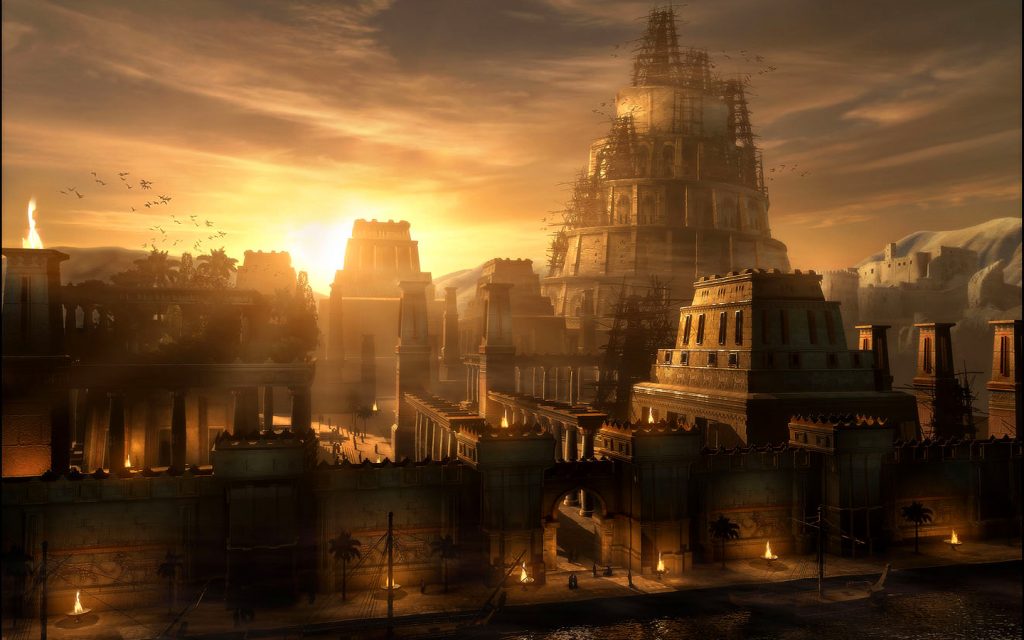We usually don’t tend to think of cities before the industrial revolution of the 19th and 20th centuries as any more than narrow streets, buildings stacked up on top of each other, and castles, all surrounded by sprawling farmland. While this picture isn’t exactly innacurate, it is incomplete. There are hundreds of cities in history that were just as large and bustling and productive as any city in today’s modern world. People lived side by side, scrambling for space next to glistening stone monuments and the palace-cities of god-kings. So, here they are, ten of history’s most magnificent cities:
1. Çatalhöyük
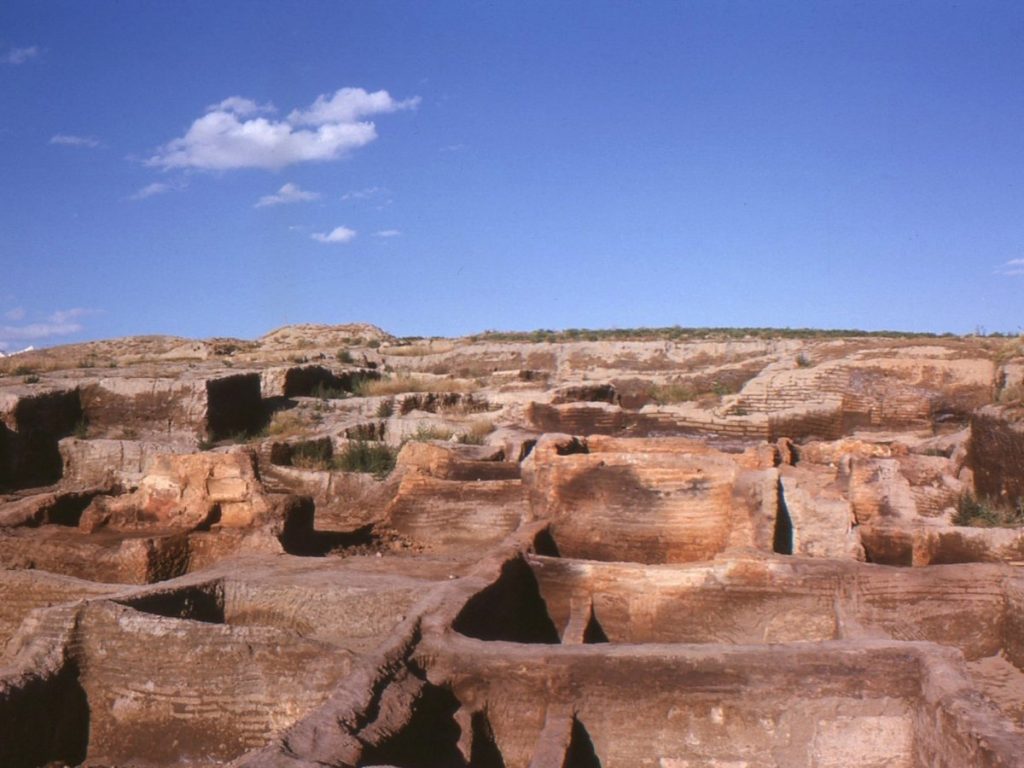
PHOTO: techinsider.com
The city was founded in approximately 7500 BC in southern Anatolia. The mud-brick buildings watch the Konya Plain, just southeast of the present-day city of Konya in Turkey. The city reached a population of 3,000 just one thousand years after a few neolithic agrarian families founded it.
The city boasts murals, figurines, and ceremonial burial sites, including the world’s oldest map and landscape painting. It does not have traditional roads. People got around walking on roofs and getting into buildings by trap doors, rather than walking between the shops and houses.
2. Uruk

PHOTO: crystalinks.com
Located in the cradle of civilization, in the area of Iraq near the Euphrates and Tigris rivers, the city of Uruk was built during a time of crises for Mesopotamia. People were forced to band together or starve. The city’s story archaeologists have uncovered revealed the widespread use of rationing and taxation, a hierarchical society. As the years went on, Uruk came to dominate Iran and Syria with a population of 40,000 by 3300 BC.
According to history, Gilgamesh, from The Epic of Gilgamesh, ruled the city around the 27th century BC.
3. Memphis
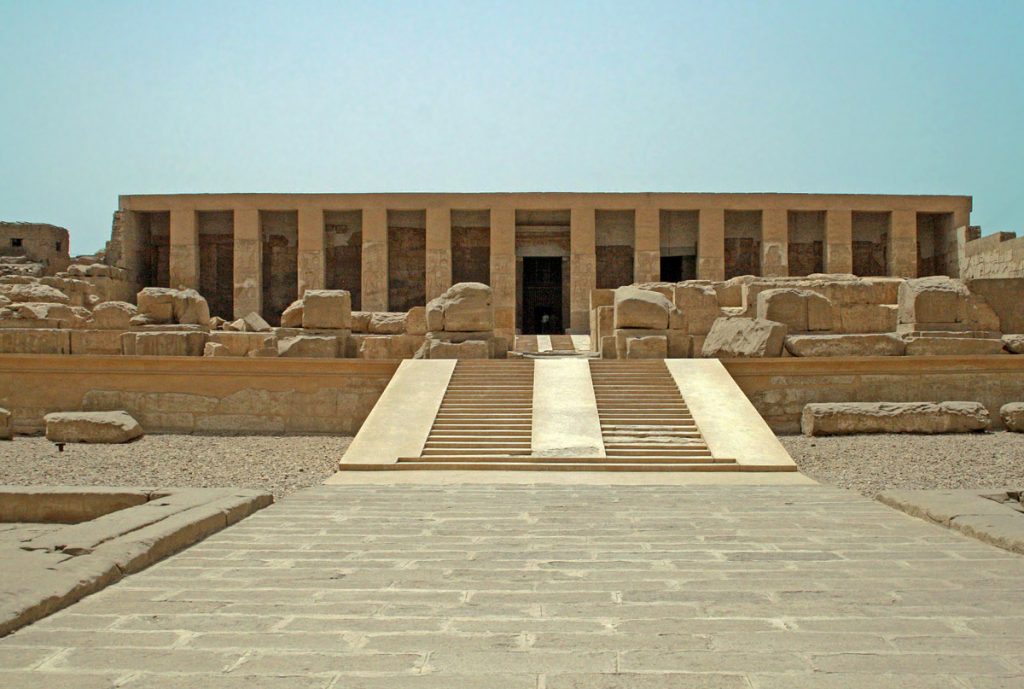
PHOTO: wondermondo.com
For thousands of years, the Egyptian Empire was divided into upper and lower Egypt. It was united around 3100 BC, and with that unity came a new capital. The city deemed the royal seat of the god-king and named Memphis. As it grew to 35,000 people by 2250 BC, the pharoahs raked in money from taxing the entire country, and with that money the built huge wonders like the Great Sphinx and the famous Pyramids.
4. Thebes

PHOTO: ancient.eu
A city immortalized in Greek dramas such as Oedipus Rex and Seven Against Thebes, this Egyptian city rose to power shortly after Memphis declined. The city grew to 75,000 people by 1500 BC. It flourished, criss-crossing the known human world with trade routes, building vast temples, and rose to become the capital of Egypt.
It lost that status in the 13th century, and the Assyrians eventually sacked it in 667 BC, but the city still exists today under a different name of Luxor, Egypt.
5. Babylon
Situated in modern-day Iraq, Babylon rose to be one of the most prominent and famous cities of the ancient world. It was home to 60,000 people and the Hanging Gardens, one of the seven wonders of the ancient world, and reached its height in the sixth century BC. One of Babylon’s kings, Hammurabi, created one of the world’s oldest known law codes, recorded on the famous “Stele of Hammurabi”.
6. Nimrud
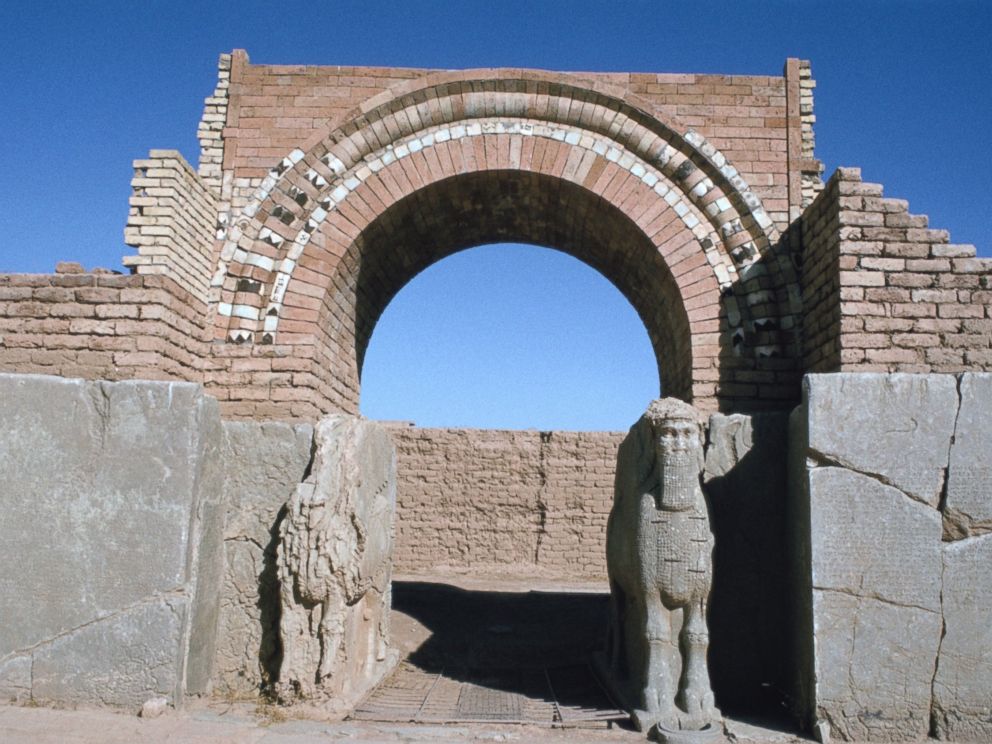
PHOTO: abcnews.com
Zooming back into the cradle of civilization, we find the city of Nimrud. It was an extravagant city, home to the Neo-Assyrian Empire. It was here, during the ninth century BC, that King Ashurnasirpal II built a huge palace using some of the most expensive woods known to man at the time.
He filled it with piles of shining treasure and raised temples to scrape the sky, and botanical gardens and a zoo to entertain himself. His son after him would decide he could do even better and build a home twice the size of his father’s. The city was home to 75,000 people by 800 BC.
7. Ninevah
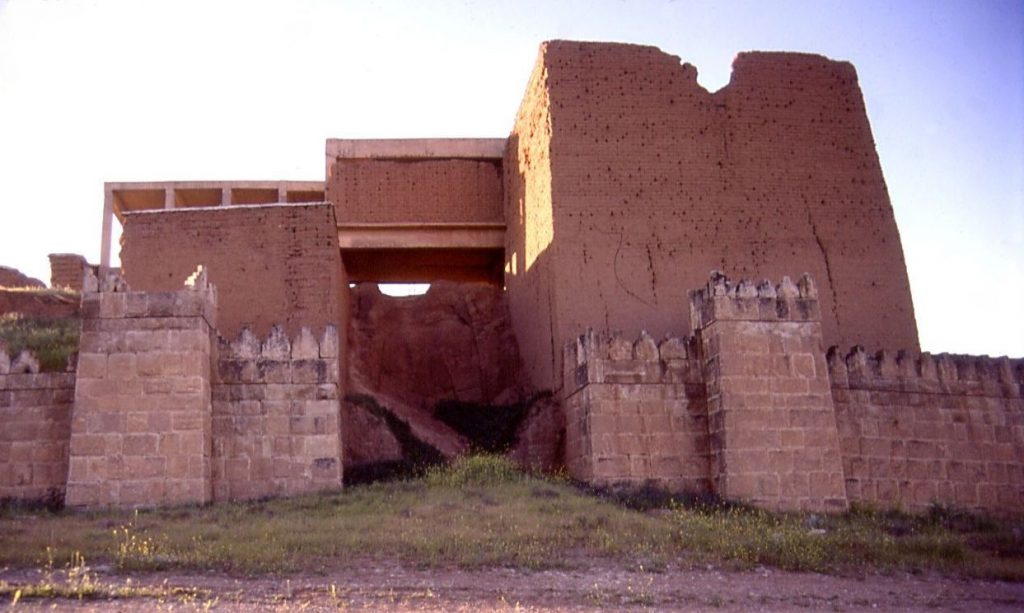
PHOTO: wikimedia
Ninevah was one of the largest cities of the ancient world, another capital of the Neo-Assyrian Empire, and was a major religious center for the Assyrian goddess, Ishtar. It was settled somewhere around 6,000 BC. By 3,000 BC, over 100,000 people lived there. In 700 BC, Assyrian King Sennacherib built a palace that sprawled across seven square kilometers, and boasted 15 huge gates, 18 canals, and its one aqueduct system.
8. Alexandria
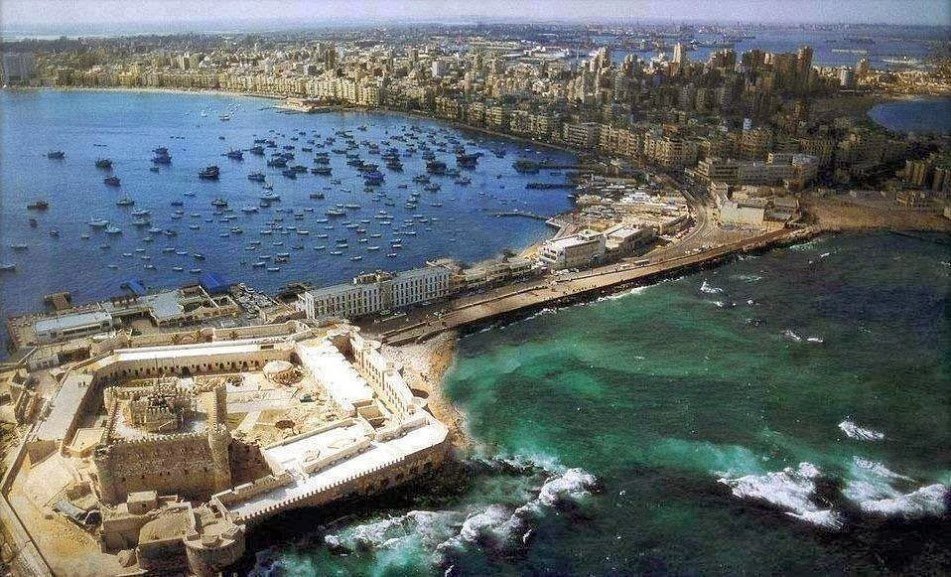
PHOTO: egyptianstreets.com
Probably most famous for the Library of Alexandria and the Lighthouse of Alexandria, it was the capital of Egypt for a thousand years. Alexandria’s lighthouse was the tallest building in the world at the time, and the library was a warehouse of knowledge, the largest in the world, boasting books upon books, live dissections, lecture halls, and gaggles of philsophers. It had the largest Jewish population in the world, and boasted 150,000 people by 300 BC.
9. Rome
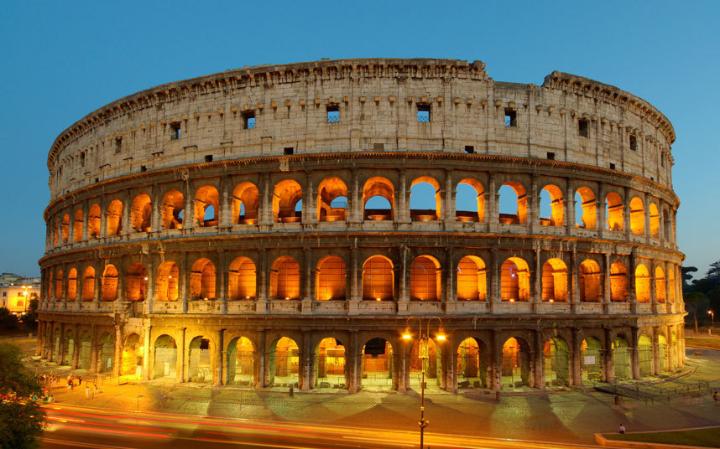
PHOTO: telegraph.co.uk
Rome was founded during the eighth century, BC. What started as a little backwater village eventually conquered the entire Italian peninsula and came to rule the entire known human world by 100 BC. At its height, it was home to 400,000 people, hundreds of temples, the Great Colosseum, the Pantheon, and hundreds of other temples. It was the world’s largest known city until the 4th century AD, when it was sacked by various tribes from Gaul.
10. Constantinople
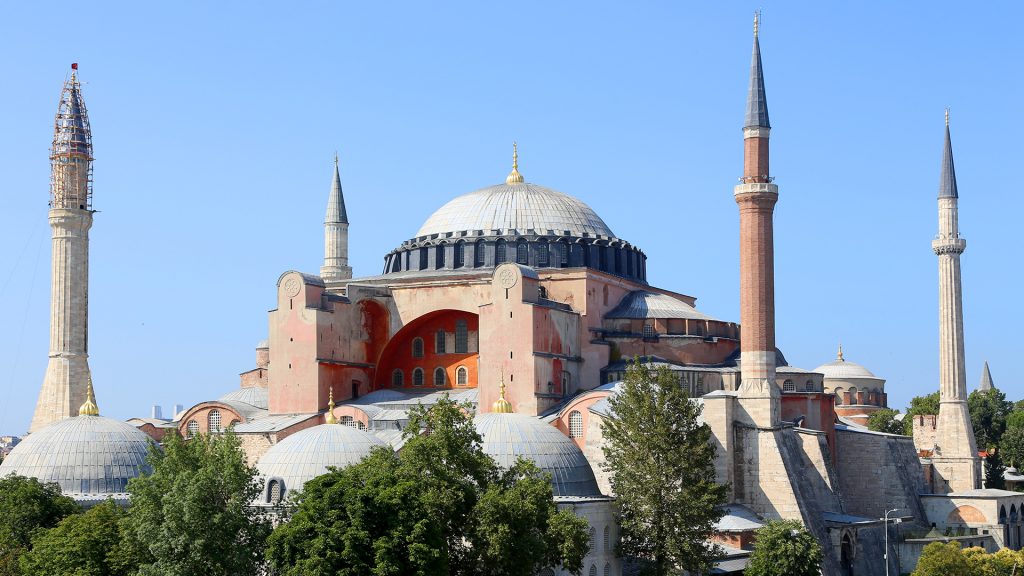
PHOTO: pbs.org
Though the western half of the Roman Empire fell by AD 476, the eastern half lasted a thousand more years under the watchful eye of Constantinople. The city grew to be even larger than Rome, up to 450,000 people! The city is located in Turkey, and home to the famous Hagia Sophia, built by emperor Justinian I in AD 537.
11. Beijing
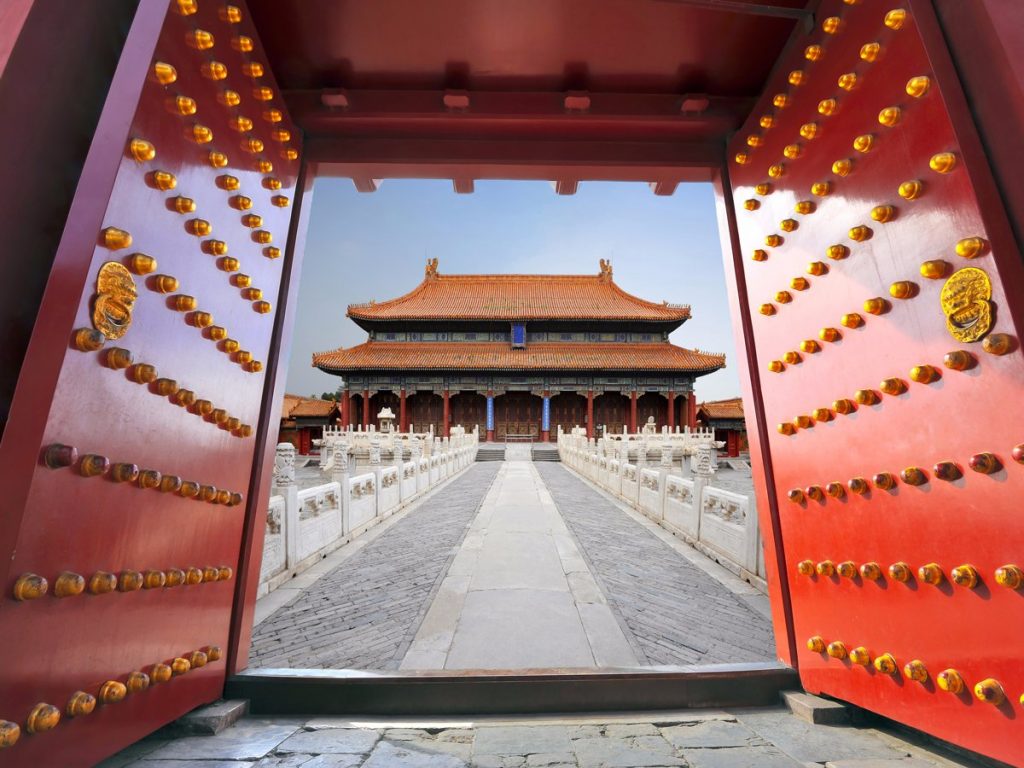
PHOTO: techninsider.com
Beijing is one of the greatest cities in China. It’s home to the Forbidden City and the Temple of Heaven. It became the capital of China’s Ming Dynasty in 1420, and has remained the capital of China ever since.
The city has survived upheaval, invasions from the west and from Japan, plagues, drought, famine, and military coups. By 1800, it reached 1.1 million people.


